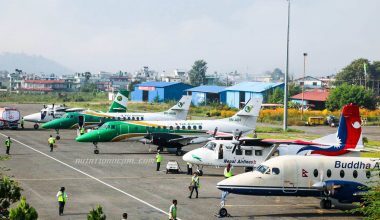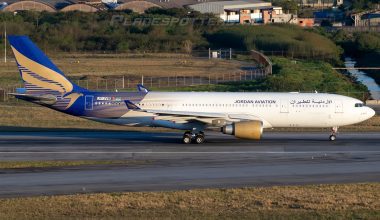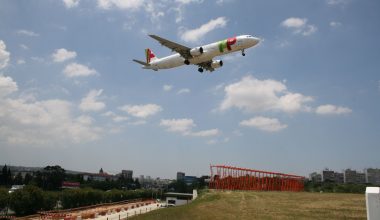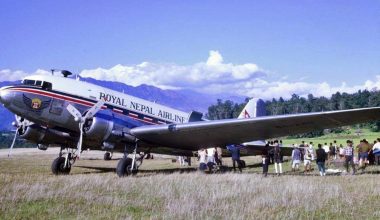Future of Aviation and its demand
May 1, 2017
Aviation, the art of aeronautics, is a vital tool for economic growth and investments of a country. Transportation and connectivity are the two major aspects highly influenced by aviation. Air connectivity to the remote regions of a country is essential for many reasons including economic transformation, uplifting of living standard and many more. If we suppose or realize aviation as a country then it will be the source of huge economy in the world with the fact that it enhances numerous jobs, boosts up economic standards and supports sustainable economic growth. In addition, aviation enables a country’s integration into the global economy creating a huge and an effective platform for international business.
Aviation industry is currently booming worldwide with the introduction of variety of new planes and unleashing aviation technologies. More than 100,000 flights happen per day all over the world. Lots of new aircraft are joining aviation industry this year.
What about the future of aviation?
Today we can easily see how the emerging economies are expanding and becoming more stable. It is just a question of time when the people from those countries will be able to afford and use the benefits of aviation. The airlines and manufacturers of flying machines from over the world are aware of it and are trying to shape their strategies for the upcoming demand in aviation industry. That’s why airlines take delivery of tens of thousands of new commercial jetliners over the next 20 years. But without the pilot inside and maintenance on the ground the airplane becomes just a big metal construction.
Rocketing demand of commercial pilots and engineers
According to the Boeing Company, 558,000 new commercial pilots and 609,000 new maintenance technicians will be required to maintain the world’s aviation industry over the next 20 years.
Asia Pacific region remains the highest region to demand more pilots and engineers-almost 40 percent of world’s required pilots and engineers. Other parts of the world will see the big increase of demand for skilled aviation specialists too — regions like Middle East or Latin America are going to be the hot spots for aviation industry.
Asia Pacific region is expected to demand more than 226,000 new pilots; Europe will require 95,000, North America-95,000, Middle East-60,000, Latin America-47,000 and Africa-18000 new pilots.
This huge requirement has increased the probability of pilot and technicians shortage in coming years. So, meeting this demand will require intensive and innovative technology on learning.
Rising demand of pilots and technicians means that there will be more airplanes operating in coming future. By 2034, number of aircraft is expected to be more than double and exceed 35,000 new aircraft.
The next 20 years is expected to feature more than 70% single aisle aircraft (A narrow-body aircraft or single-aisle aircraft is an airliner arranged along a single aisle permitting up to 6-abreast seating in a cabin below 4 metres (13 ft) of width.) like widely used Boeing 737 or Airbus A320.
Hence, aviation industry has invited lots of challenges and to overcome it, the industry must workout effectively to fulfill the demand of pilots and technicians.






